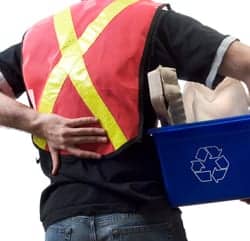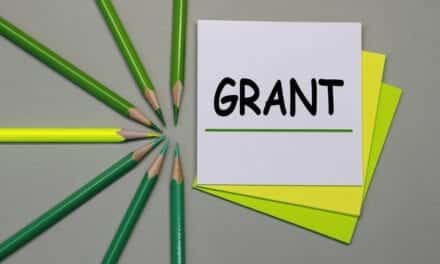Grasping an object is as easy as reading a newspaper for most people. It’s a natural function, honed by years of experience. But take away several of the sensory inputs (as happens when a person suffers from carpal tunnel syndrome), and the brain is left grasping at straws in trying to decipher incomplete and noisy information from only a portion of its normal inputs (fingers). The result can be a noticeable loss of hand dexterity for the carpal tunnel syndrome (CTS) sufferer.
Help may be on the way for that person following a new 5-year, $1 million grant from the National Institutes of Health to a research team led by Marco Santello, an associate professor of kinesiology at Arizona State University.
Santello says the goal of the project is to plug knowledge gaps concerning CTS and its effect on hand dexterity. CTS currently affects the quality of life for 6 to 14 million people nationwide.
Santello says current clinical methods of determining the severity of CTS focus on the state of a person’s median nerve, which conveys sensation from the thumb, index, middle and part of the ring fingers, as well as motor commands to some of the hand muscles. One of the electrodiagnostics tests of the median nerve, where an electrical stimulus is administered to measure how fast the nerve can transmit the stimulus, tells doctors if the nerve is healthy or, alternatively, the extent of its degeneration. But it doesn’t provide information on the person’s ability to control the hand.
This information is important because it could be used to measure the effectiveness of surgical intervention and physical rehabilitation to improve hand function.
Santello says a person with CTS might have intact sensory feedback from one and a half of the five fingers on the right hand, for example. But when the person manipulates objects, the brain receives and integrates sensory inputs from all digits engaged in the task so movement and forces of the digits can be properly coordinated.
With the majority of the sensory inputs now not properly working, the brain has to compensate for the insufficient data coming to it. Often that means over grasping an object to secure it before picking it up. Over grasping can result in an even greater compression of the median nerve, resulting in greater severity of CTS.
The project will use CTS as a research model to boost understanding of how tactile feedback is used by the central nervous system and it could provide insight into how electrodiagnostic measures of nerve function relate to specific aspects of grasp control—in turn, improving the interpretability and applications of clinical assessments.
[Source: Medical News Today]




